Plutella (Plutella) xylostella
(Linnaeus, 1758)
-
 Subfamily:
Subfamily: -
 Wingspan: 13-15 mm
Wingspan: 13-15 mm -
 Flight period: May - Sep
Flight period: May - Sep -
 Spread: Common
Spread: Common -
 Host plants: Brassicaceae
Host plants: Brassicaceae
Information
The Plutella xylostella also called Diamondback is a small moth of the Plutellidae family with a wingspan of 13-15 mm.
It is widespread throughout Europe, including Iceland.
It is believed to come from the Mediterranean region but is now spread all over the world.
In Italy it is also present in the islands. *
The front wings of Plutella xylostella are narrow, brownish-gray with lighter coloring along the anterior margin.
A cream-colored stripe with a wavy edge on the posterior margin often forms one or more light-colored rhombuses
hence the common English name of this moth (diamondback).
The hind wings are narrow, pointed towards the apex of light gray color, with a wide margin.
The tips of the wings may have a slight upward curve when viewed from the side. The antennae are pronounced.
The head and thorax are centrally cream colored, laterally gray / brownish, the abdomen is dark gray / brown. **
The average lifespan is three to four weeks for females, slightly less for males.
Moths rarely fly above 2m and do not fly long distances. They are, however, passive migrants, being easily carried by the wind over long distances.
These moths overwinter as adults among debris fields and cruciferous crops, and, in temperate zones, active adults can be seen during periods
warm at any time of winter. They do not survive harsh winters or areas where the cold is as intense as they can
repopulate every spring thanks to passive migration. They are normally active at dusk and at night.
The eggs are oval and flattened, measuring 0.44 mm in length and 0.26 mm in width. ***
They are yellow or pale green at first, and darken over time. They are laid singly or in groups of 2-8 eggs in depressions on the surface of the leaves.
Females can lay up to 300 eggs in total, but the average production is probably half that. ***
The larvae emerge from the eggs in about six days. ****
The larvae have four stages, each with an average development time of around four days.
The shape of the larval body is thinned at both ends. The larvae have few short black hairs and are colorless in the first stage,
but pale or emerald green with black heads in later stages. *****
Of the five pairs of proto-legs, one protrudes from the rear end,
forming a distinctive "V" . The larvae are very active, and if disturbed, they can wriggle violently,
and unwind a silk thread from which to hang. At the first stage, the larva is a leaf miner, and the burrows are difficult to identify.
The larvae emerge from these burrows to moult and subsequently feed on the lower surface of the leaf.
The activity of the larvae is now visible signaled by irregular spots in the damaged areas, although the top of the leaf is often left intact. ****
The pupae are about 8 mm long and are wrapped in a silk cocoon. They are found relatively on the lower or outer leaves of the food plant,
but in cauliflower and broccoli, pupation can occur in florets. ****
The pupa stage lasts on average for about eight days, but varies from five to 15 days.
Plutella xylostella lays its eggs only on plants of the Brassicaceae family (Cruciferae).
Almost all cruciferous plant crops are attacked, but some are favored over others.
These include broccoli, Brussels sprouts, cabbage, Chinese cabbage, cauliflower, kohlrabi, mustard, horseradish, turnips and watercress.
Several wild species of the family act as an alternative, especially in the early season when cultivated plants are not available.
It is one of the most important cruciferous plant pests in the world and usually only feed on plants that produce glucosinolates . ***
* Lepidoptera mundi https://lepidoptera.eu/ - Fauna Europea https://fauna-eu.org/
** Bestimmungshilfe für die in Europa nachgewiesenen Schmetterlingsarten - http://lepiforum.de/
*** Badenes-Pérez, Francisco Rubén; Reichelt, Michael; Gershenzon, Jonathan; Heckel, David G. (2011). "Phylloplane location of glucosinolates
in Barbarea spp. (Brassicaceae) and misleading assessment of host suitability by a specialist herbivore". New Phytologist. 189 (2): 549–556.
**** Capinera, John L. (2008). Encyclopedia of Entomology. Springer Science & Business Media. p. 1206. ISBN 978-1-4020-6242-1.
***** Oklahoma State University - http://entoplp.okstate.edu/ddd/insects/diamondbackmoth.htm
****** Interactive agricultural Ecological Atlas of Russia and neighboring countries - http://www.agroatlas.ru/en/content/pests/Plutella_maculipennis/
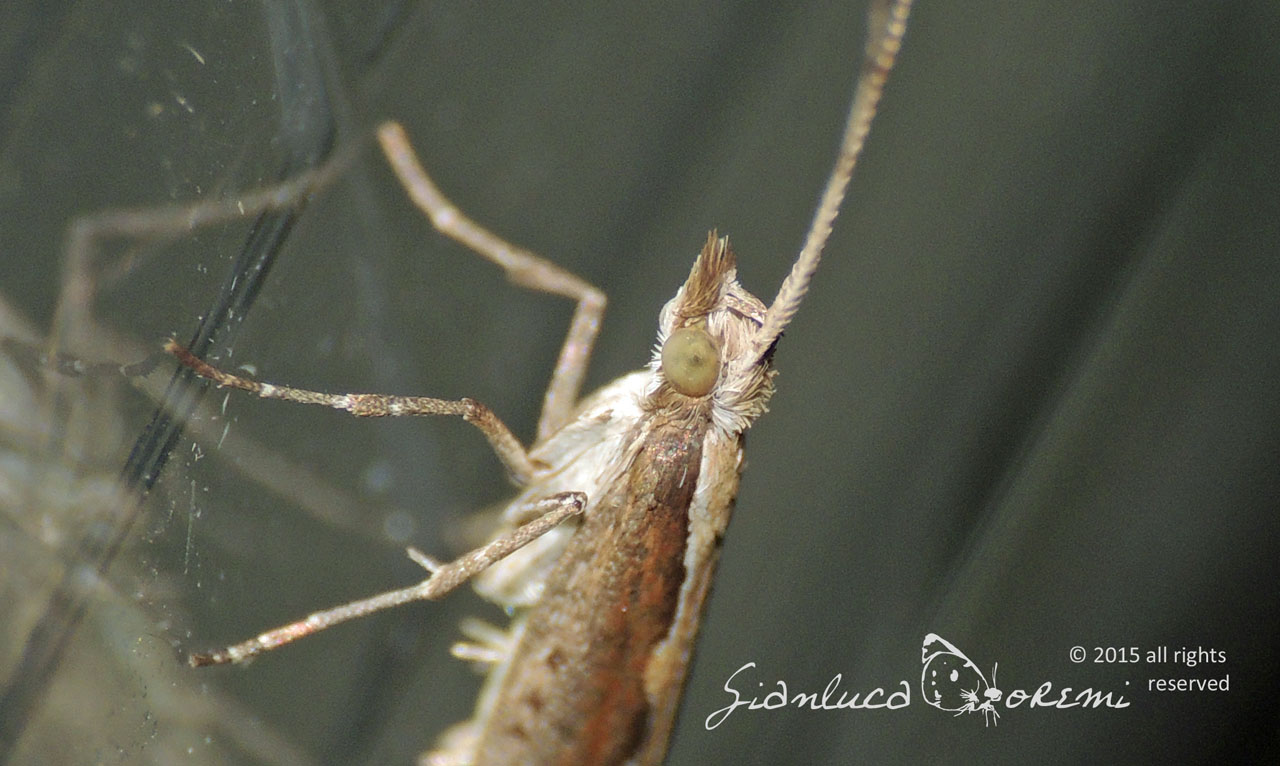
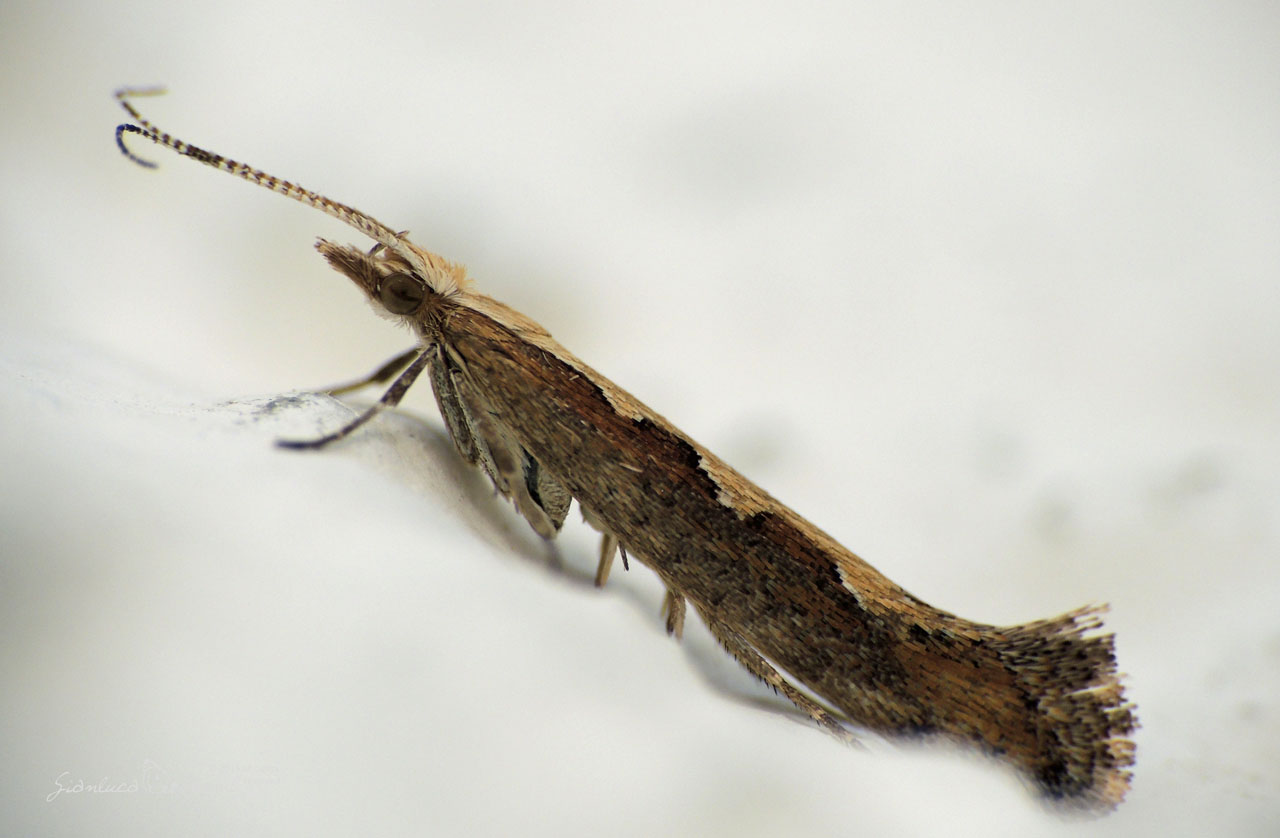
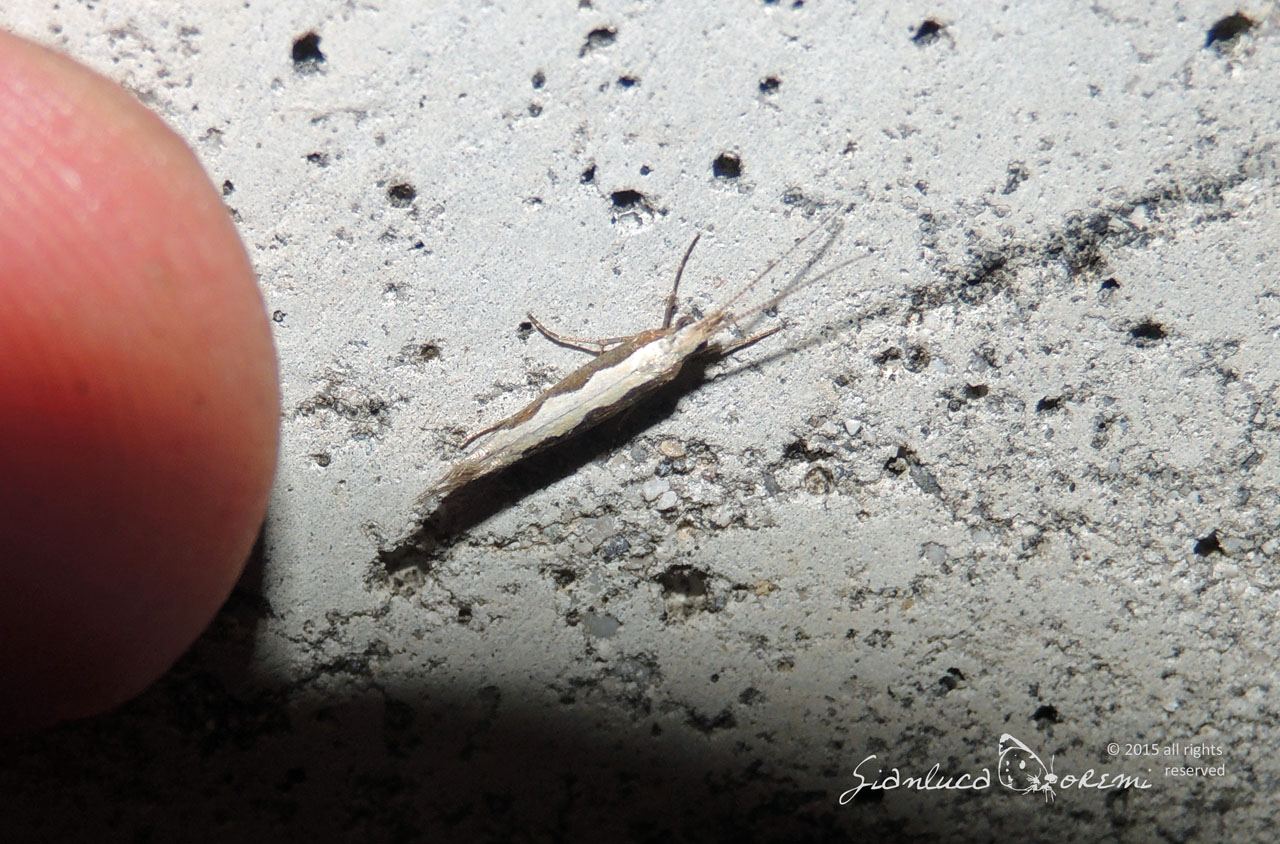
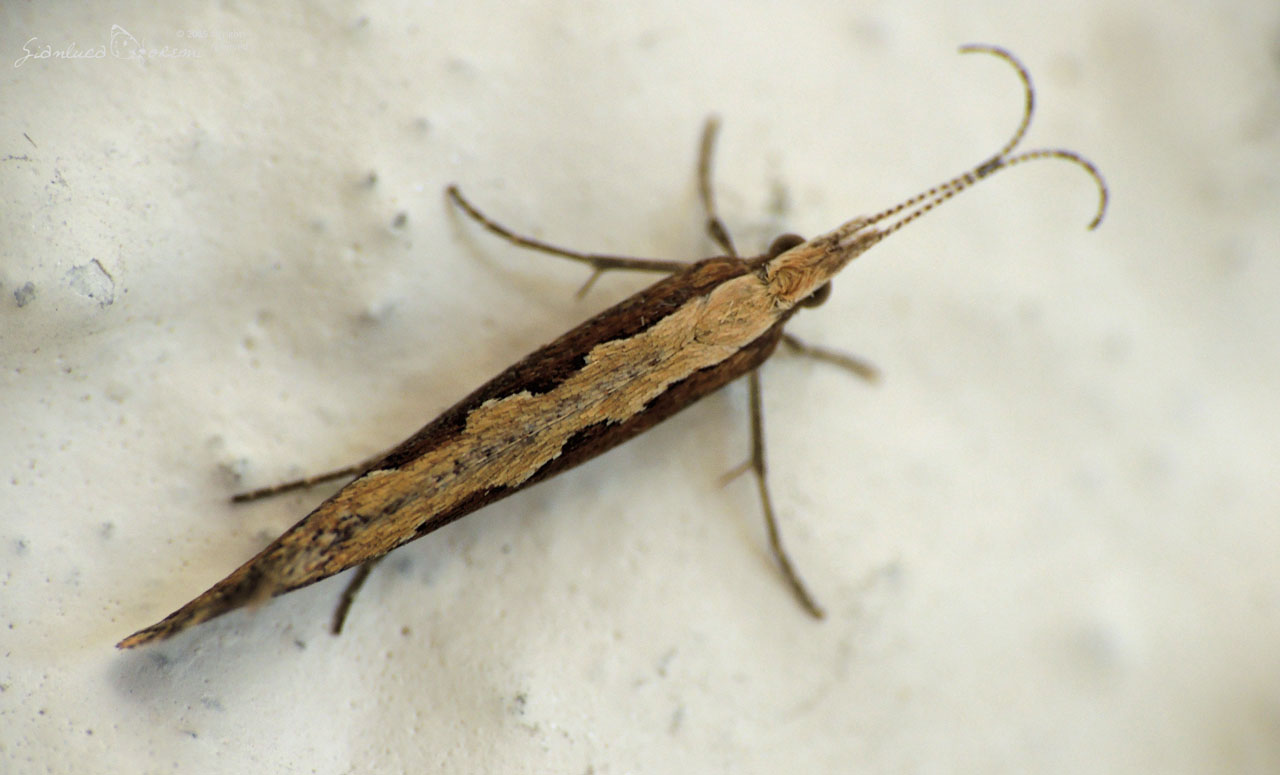
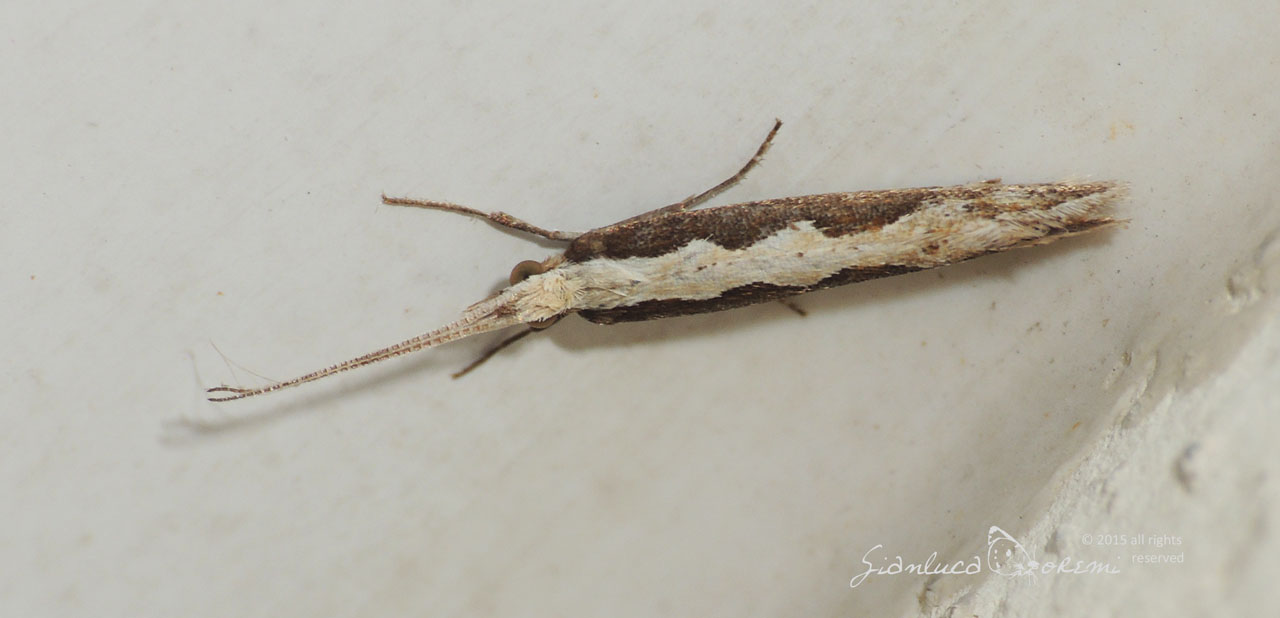
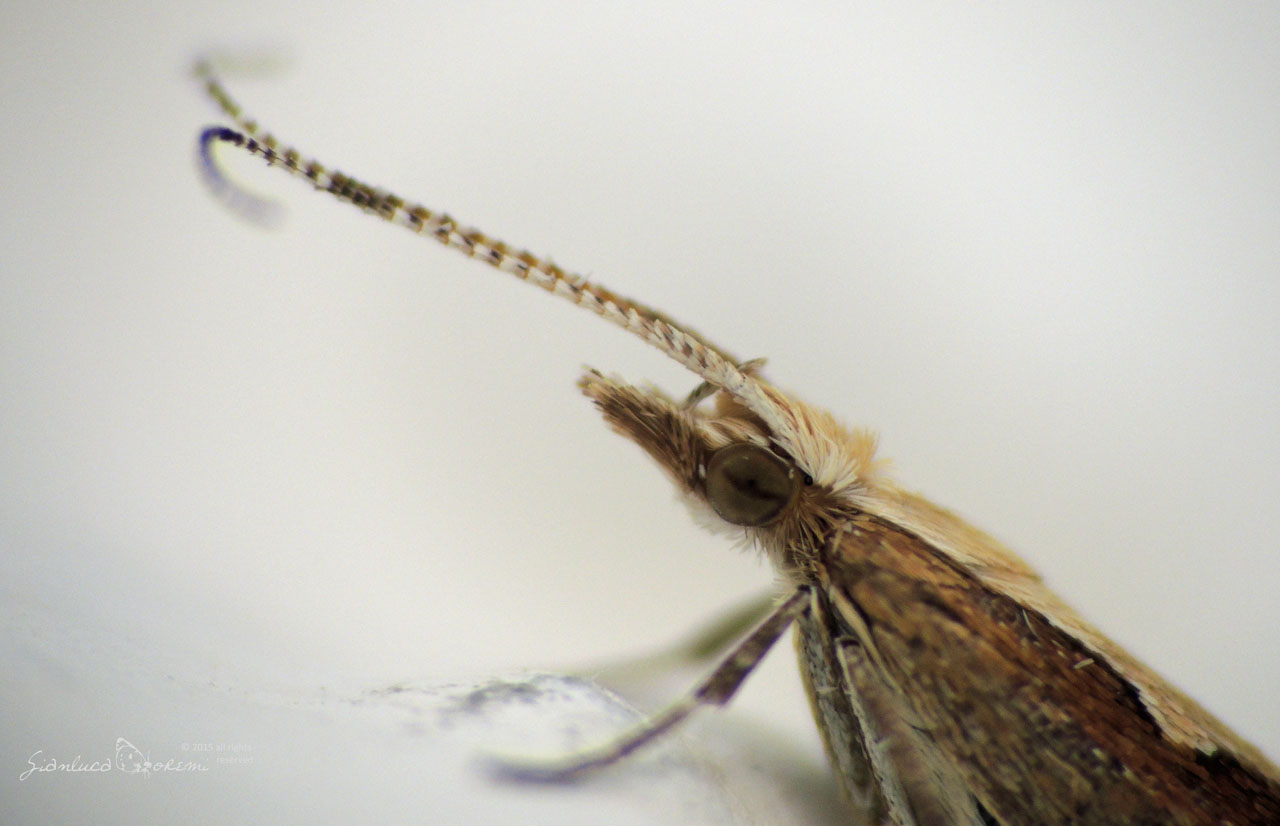
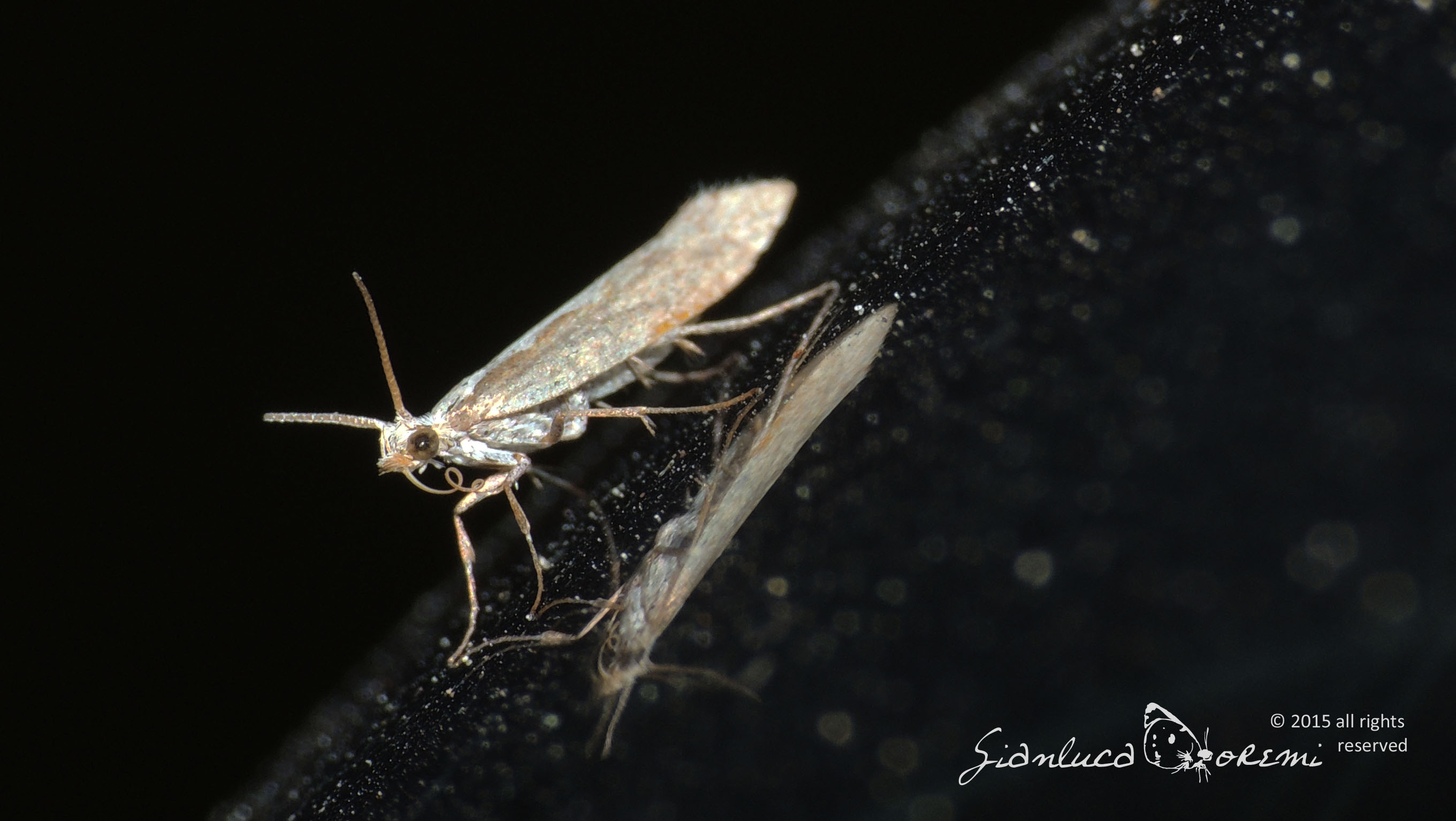
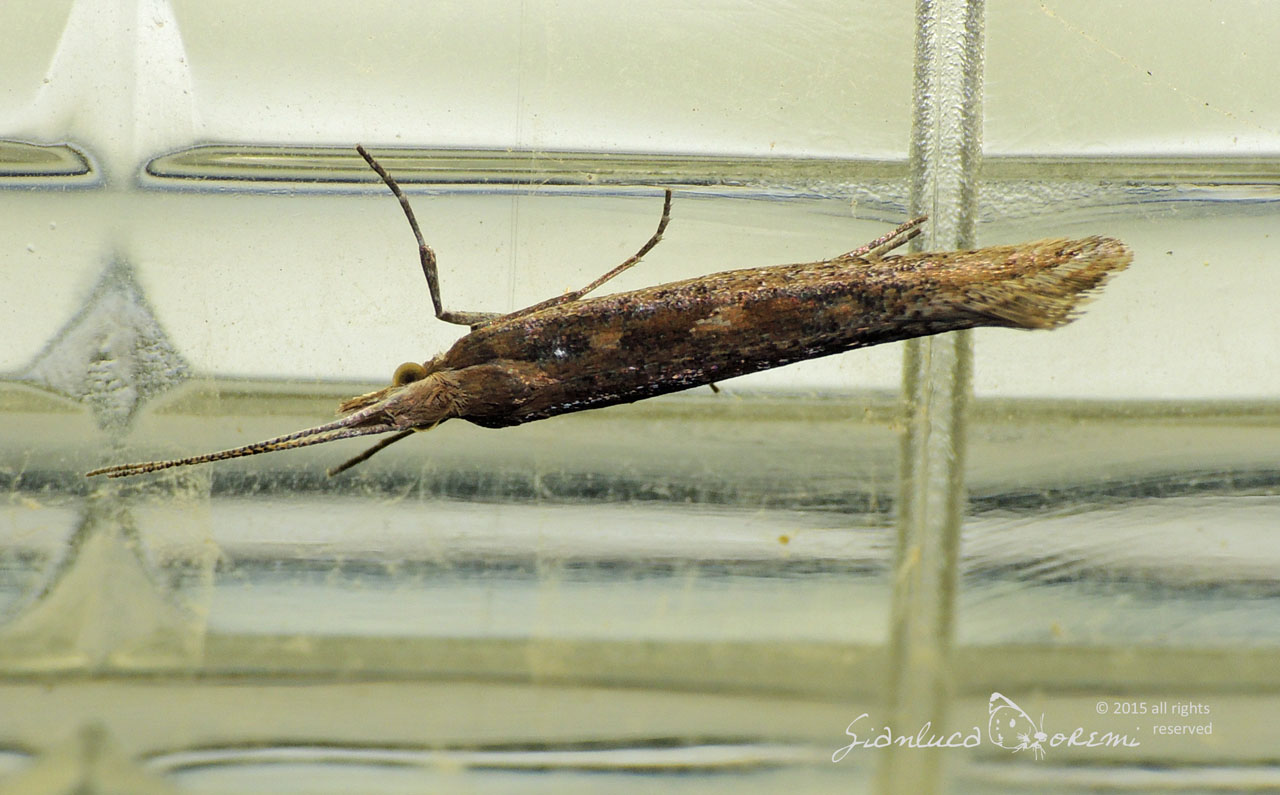
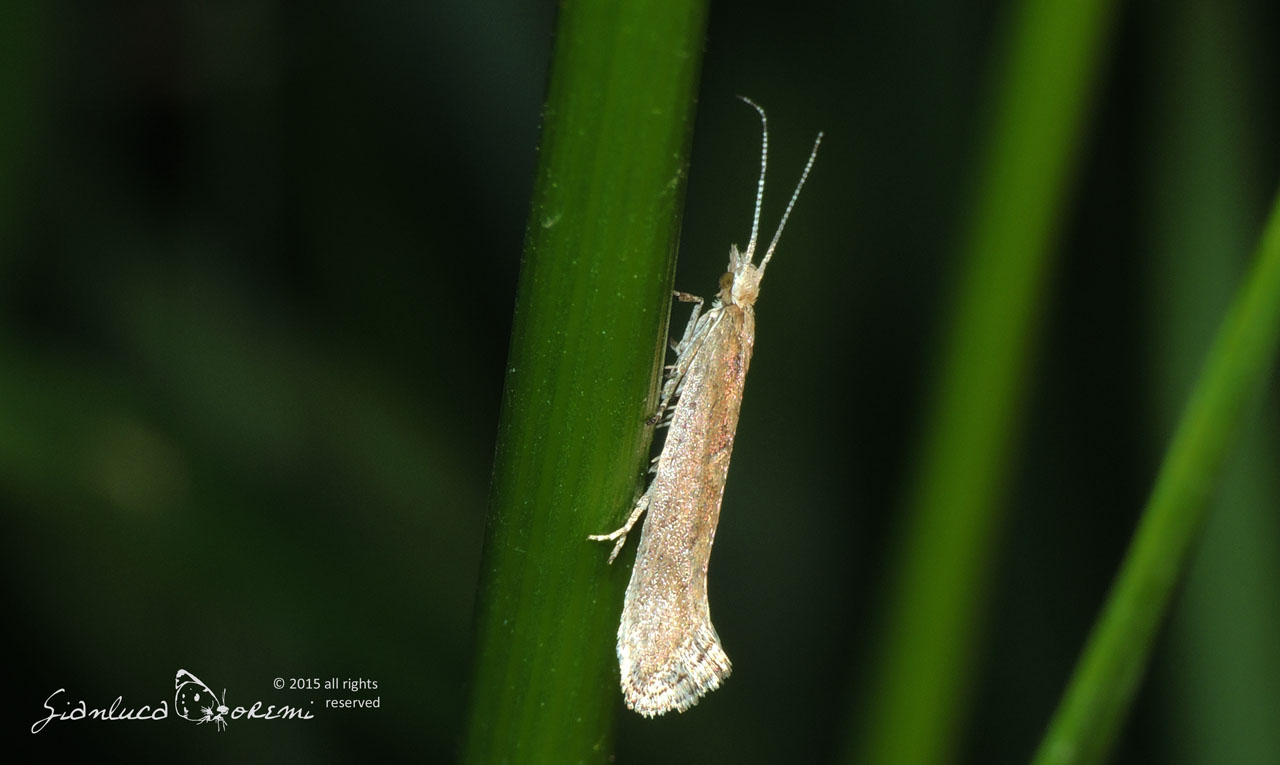
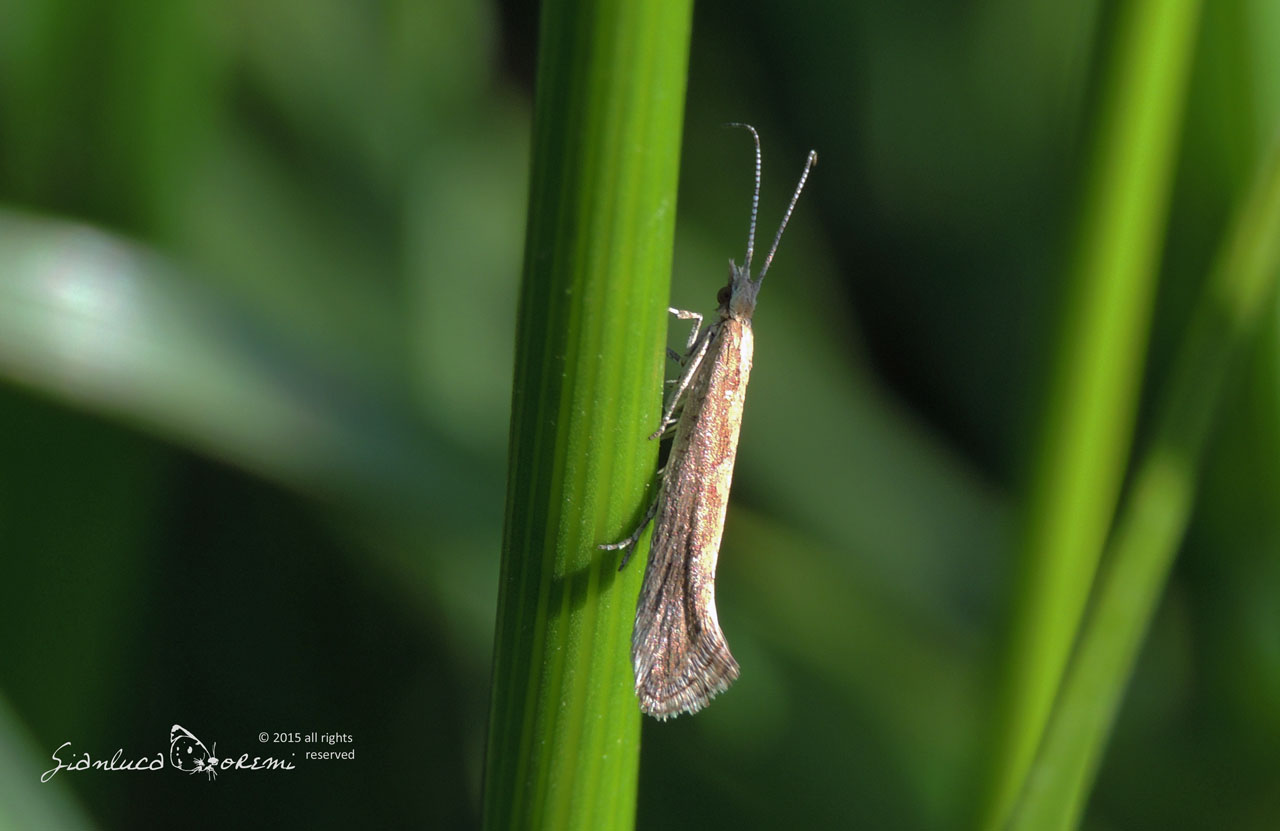
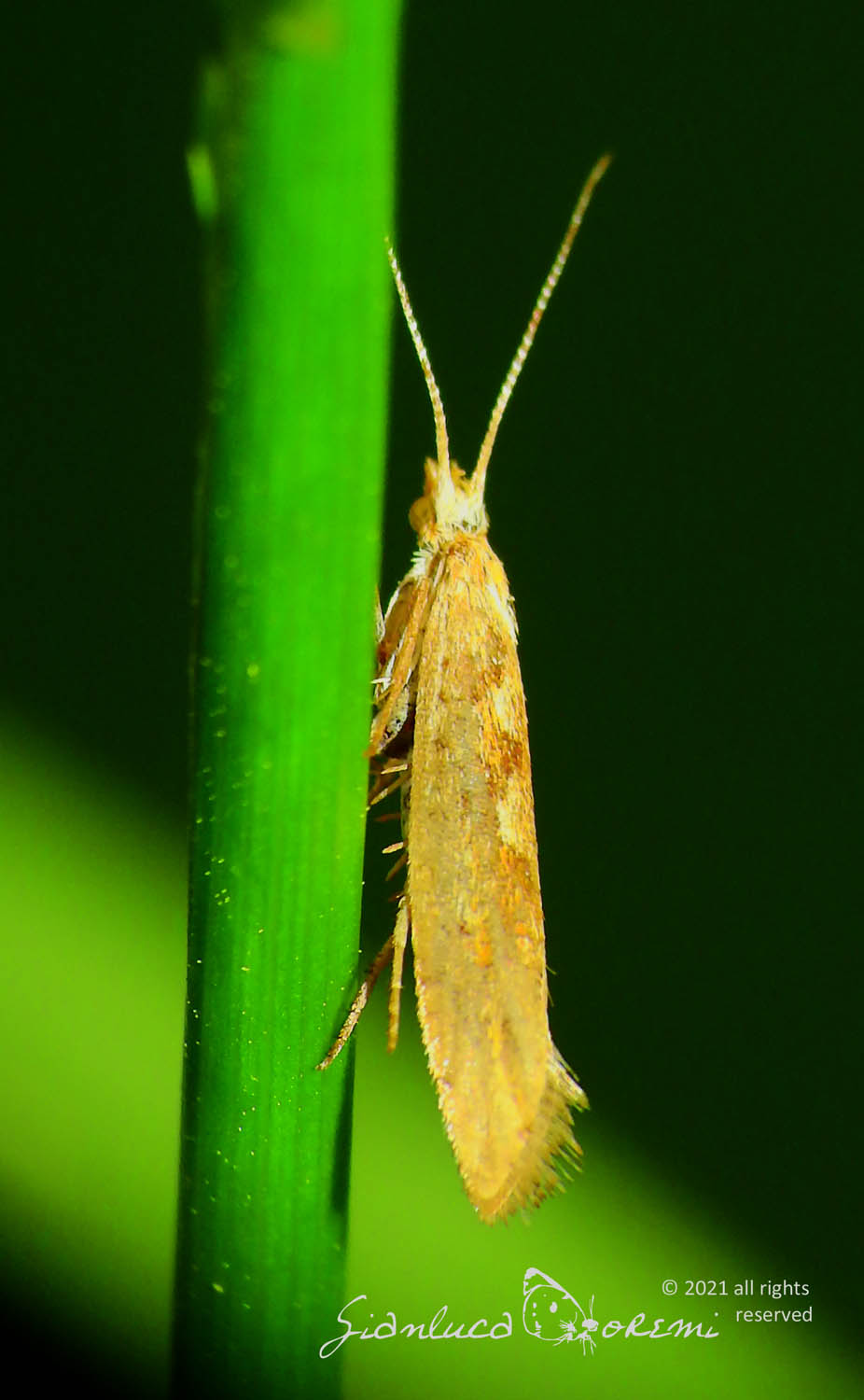
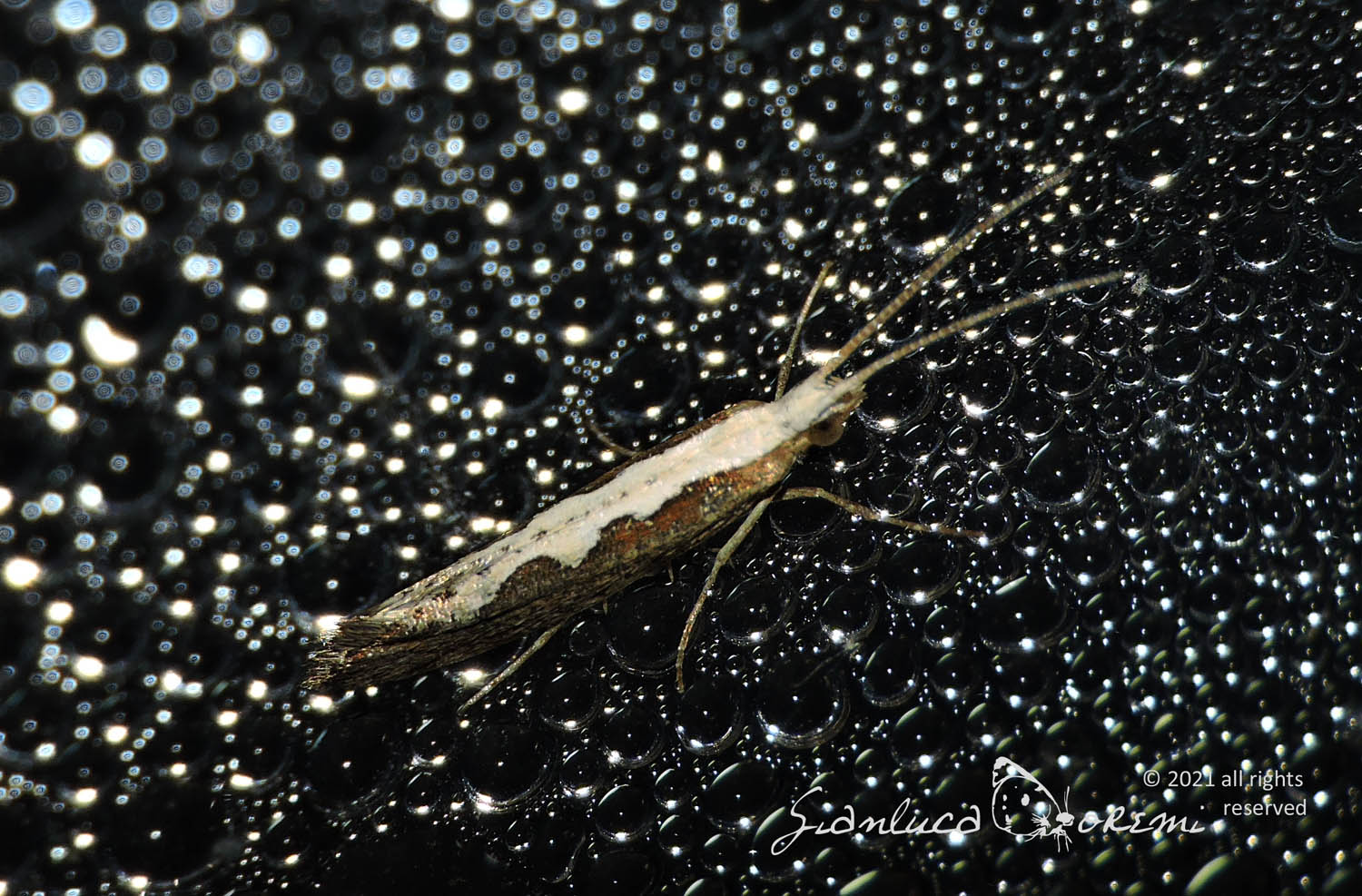
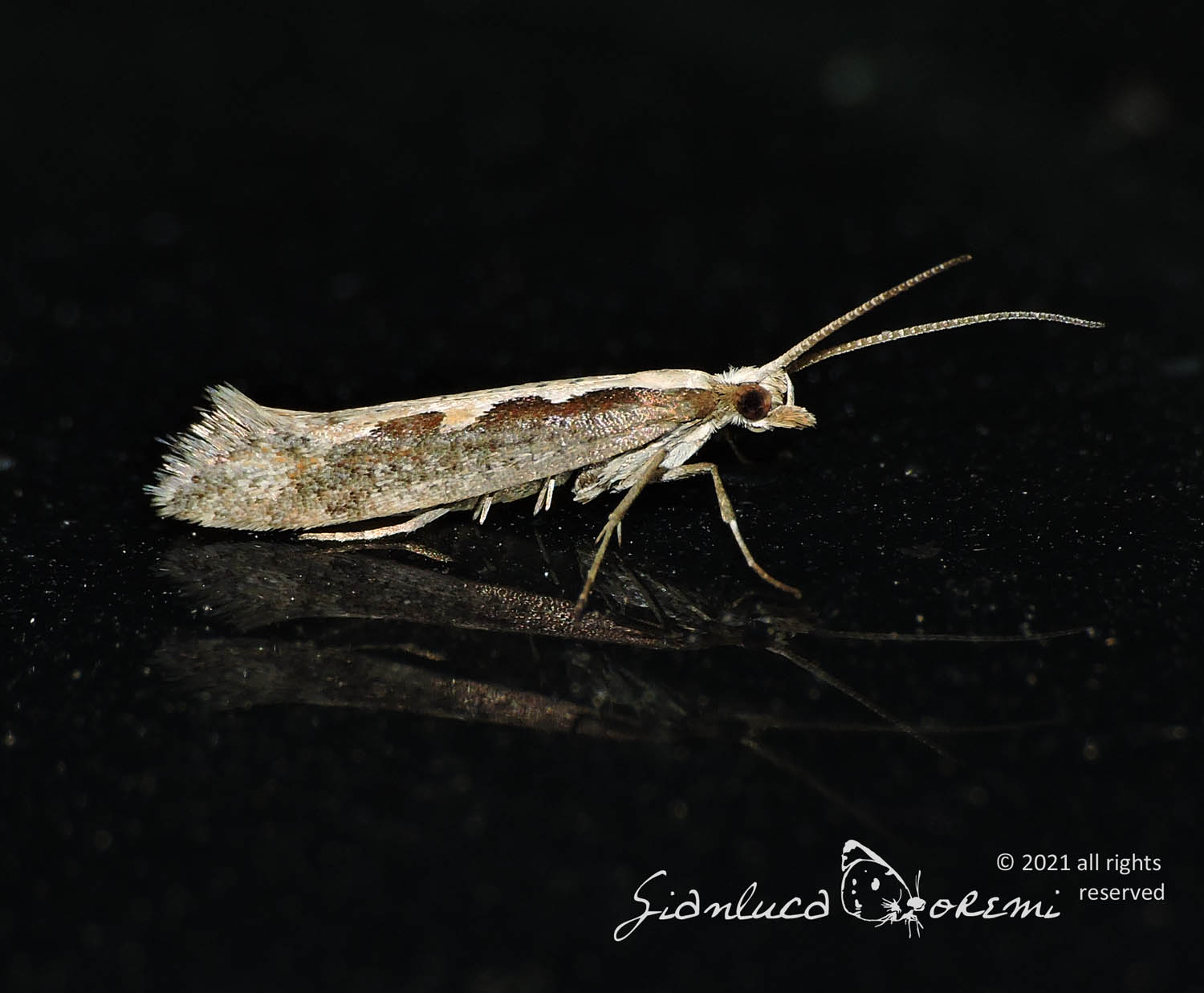
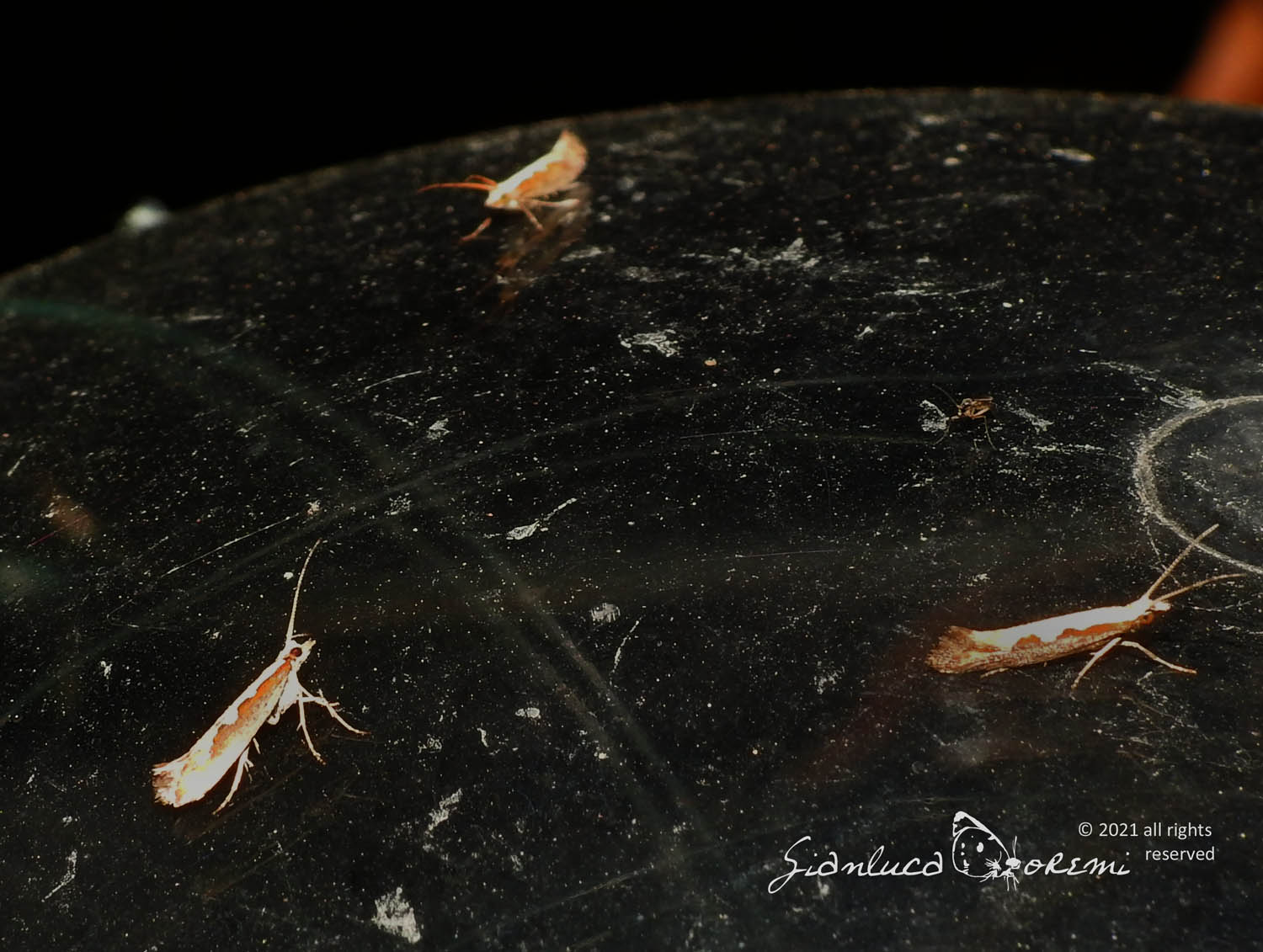
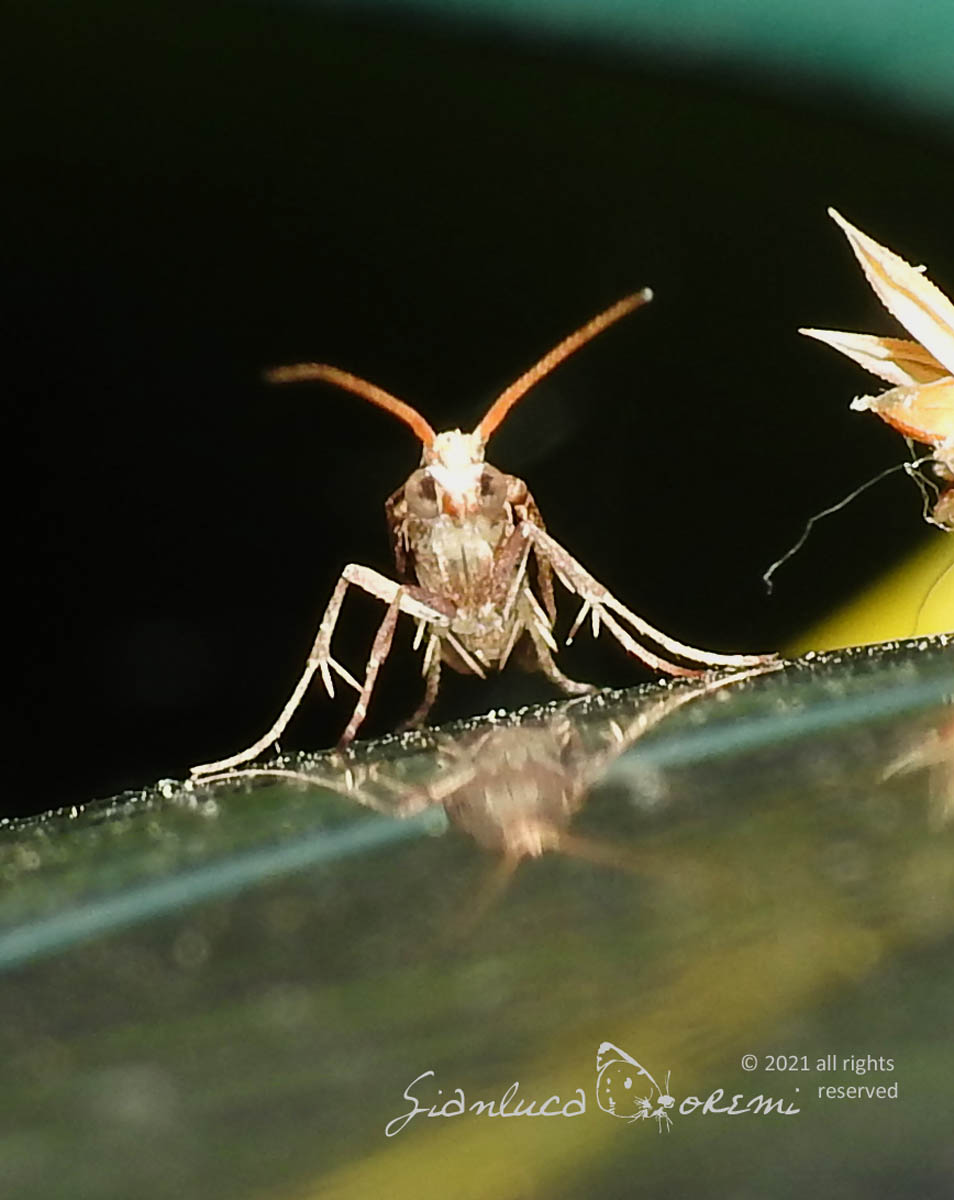
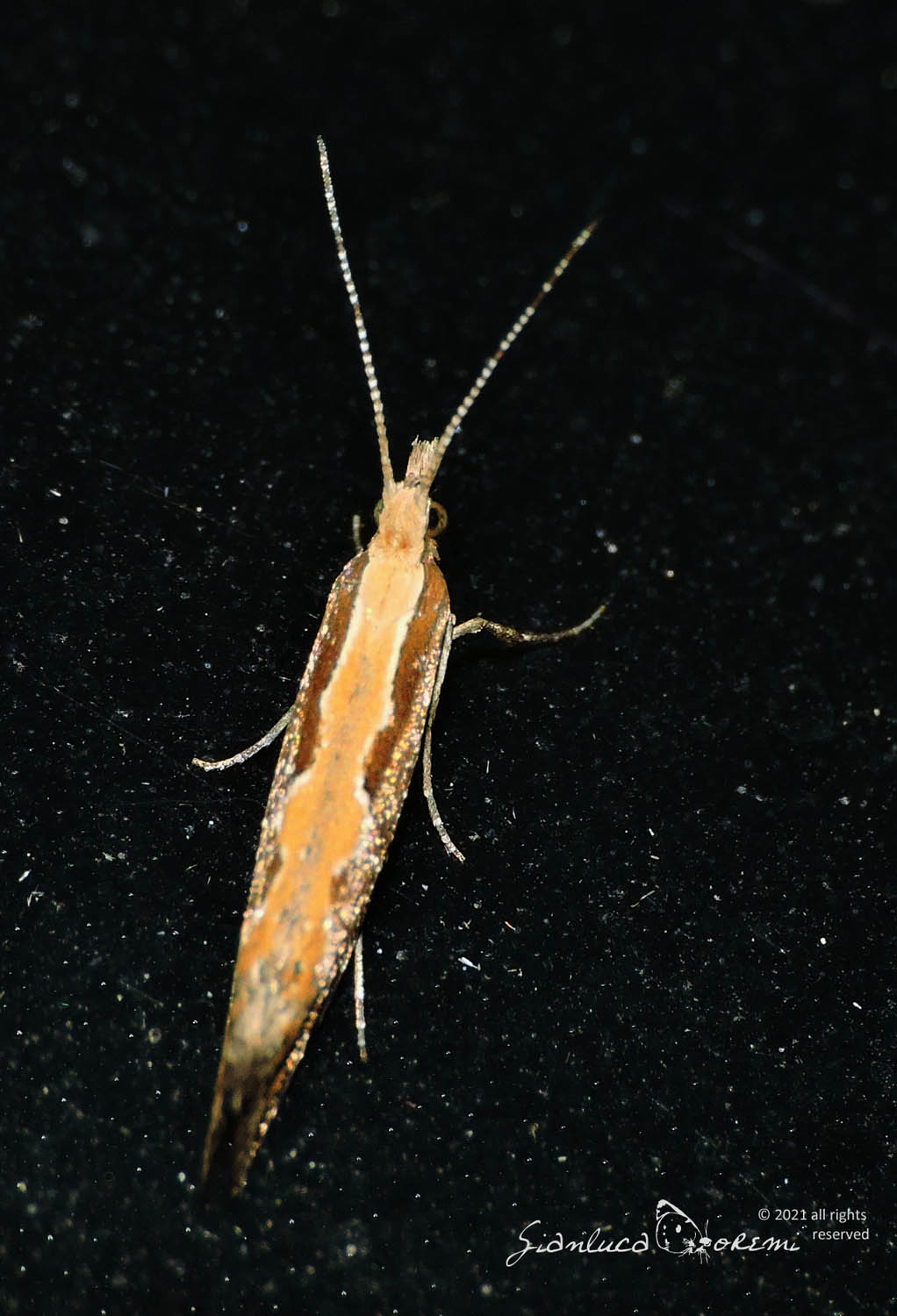
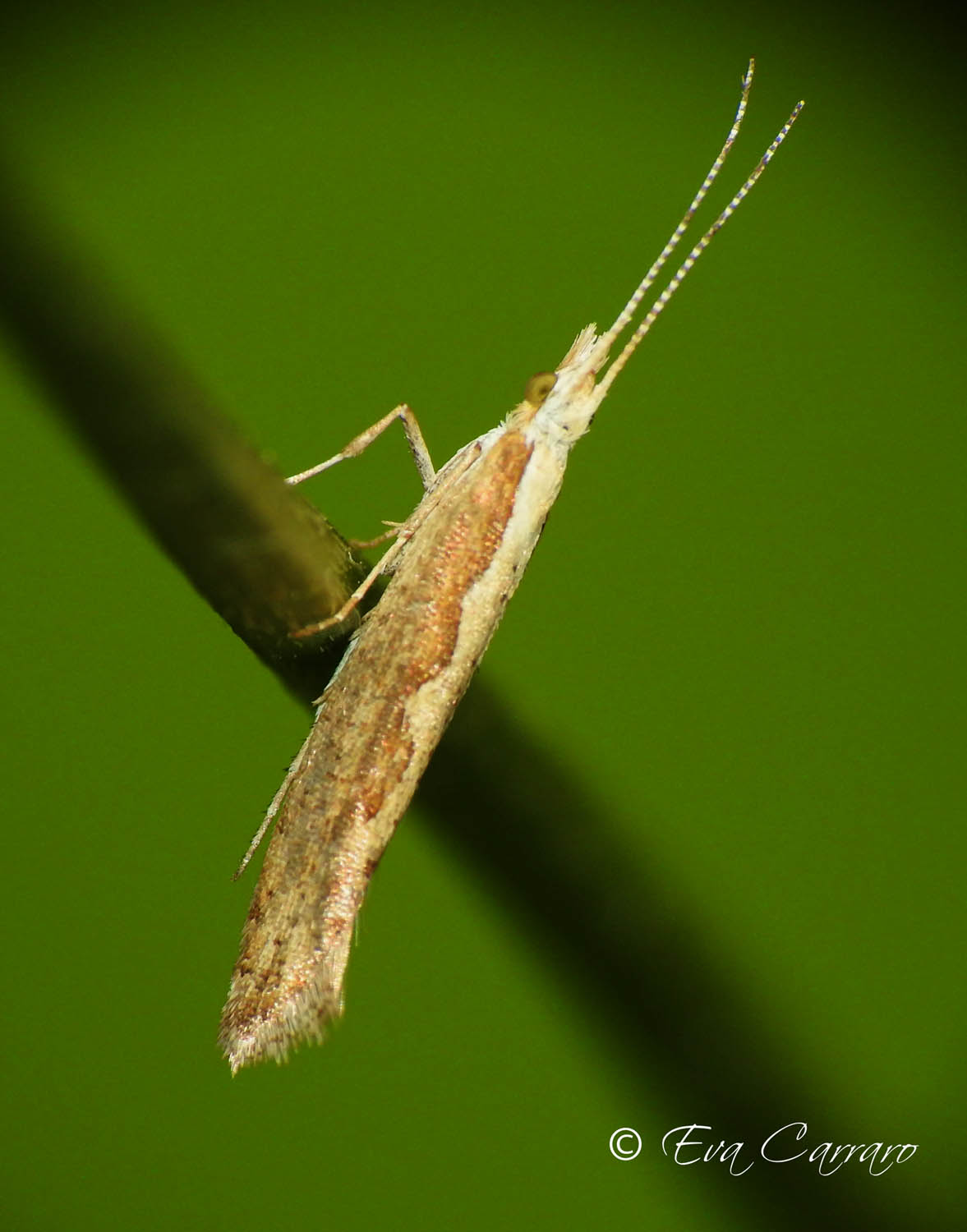
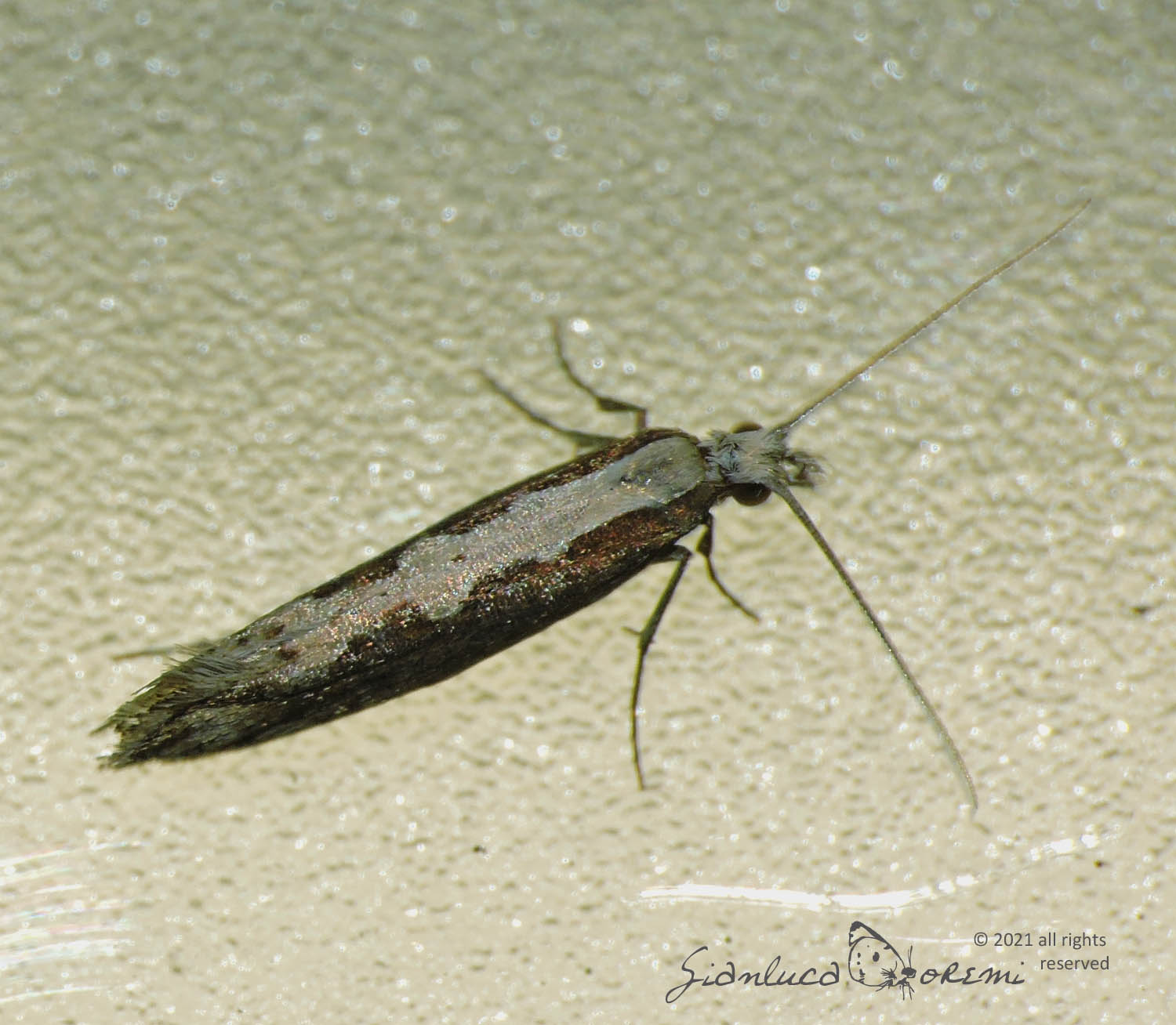

 EN
EN ITA
ITA
Social and publications